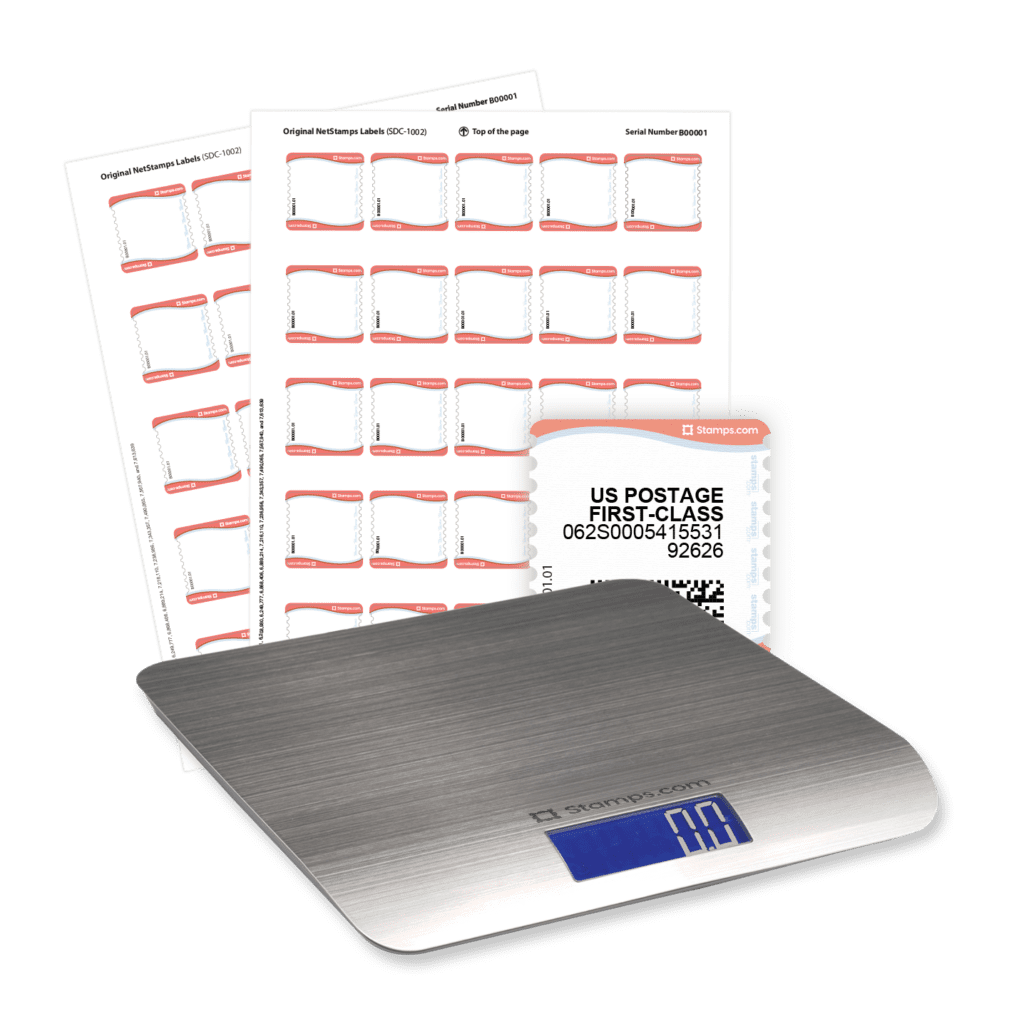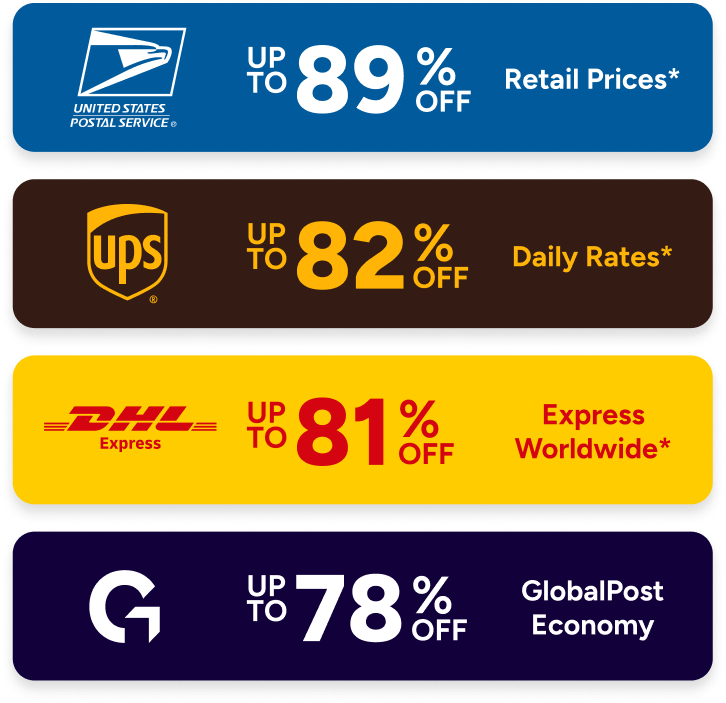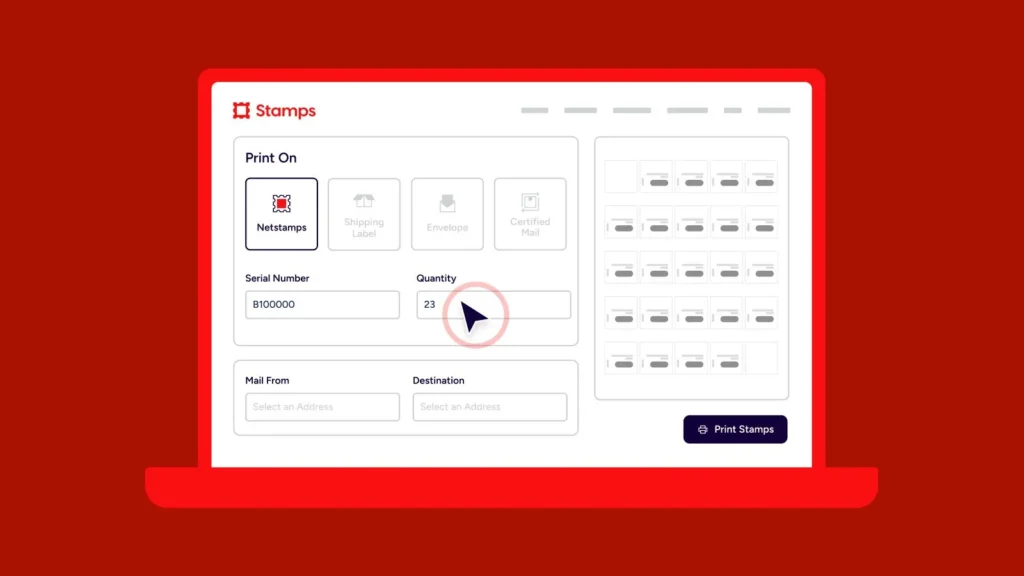USPS International Shipping
![ship-around-the-world[1]](https://www.stamps.com/wp-content/uploads/2022/06/ship-around-the-world1.png)
If you are selling products online and you are have not yet entered international markets, you are missing out on a great opportunity to grow your business. The fact is, selling internationally is one of the best ways to branch out to new audiences, avoid seasonal downturns, and sell a wider range of products. Selling internationally doesn’t come without its challenges however—luckily the USPS simplifies one of the biggest challenges, international shipping. With service to over 190 international destinations, the USPS makes reaching customers all over the world easy and efficient.
How USPS International Shipping Works
While private carriers like FedEx® and UPS® handle package delivery from the U.S. sender all the way to the international recipient, the USPS does things differently. The USPS delivers a package to customs in the destination country, at which point, the host postal service handles package delivery to the recipient. This means from the international customer’s perspective, the experience of receiving a package from the USPS is identical to the experience of receiving a domestic package. Additionally, the USPS sets itself apart from private carriers in the way it handles surcharges—it doesn’t have any! Private carriers charge additional fees like fuel and peak season surcharges on top of shipping rates, but with the USPS the rate you see is the rate you get.
USPS International Shipping Services
The USPS offers many international service options to countries across the globe. Depending on the weight of your package and the delivery time requirements, you can select the Mail Class best suits your needs.
Do I Need Custom Forms?
Customs forms are used to summarize the contents of your shipment and declare the value of the goods shipped. These forms allow customs officials to examine and approve packages without having to open and inspect each and every shipment. With the exception of envelopes weighing less than 16 ounces, all international shipments require customs forms.
Things to Consider Before Shipping Internationally
![product-restrictions[1]](https://www.stamps.com/wp-content/uploads/2022/06/product-restrictions1.png)
Product Restrictions
All countries prohibit or restrict certain products from entering their borders. These regulations are often due to cultural reasons, or to protect local industries. Before sending an international package be sure to research the destination county’s prohibited items list
![customs[1]](https://www.stamps.com/wp-content/uploads/2022/06/customs1.png)
Customs Fees
Customs fees are charged by the host country to control the flow of goods entering the country, especially on restrictive goods. These fees are put into place to cover the cost of a package going through the customs process.
![duties-and-tariffs[1]](https://www.stamps.com/wp-content/uploads/2022/06/duties-and-tariffs1.png)
Duties and Tariffs
Like customs fees, duties and tariffs are taxes applied to the value of an item, freight and insurance. Duties and tariffs are put into place to protect local industries within the host country. The final cost will vary depending on the type of good you send.
![taxes[1]](https://www.stamps.com/wp-content/uploads/2022/06/taxes1.png)
Taxes
International taxes can be more complicated than taxes for domestic business. Taxes can be charged at the federal, provincial or city level.
Perks of your risk-free trial
- Free mailing supplies
- Free 5 lb digital scale
- Free scheduled pickups
- No contract, cancel any time










